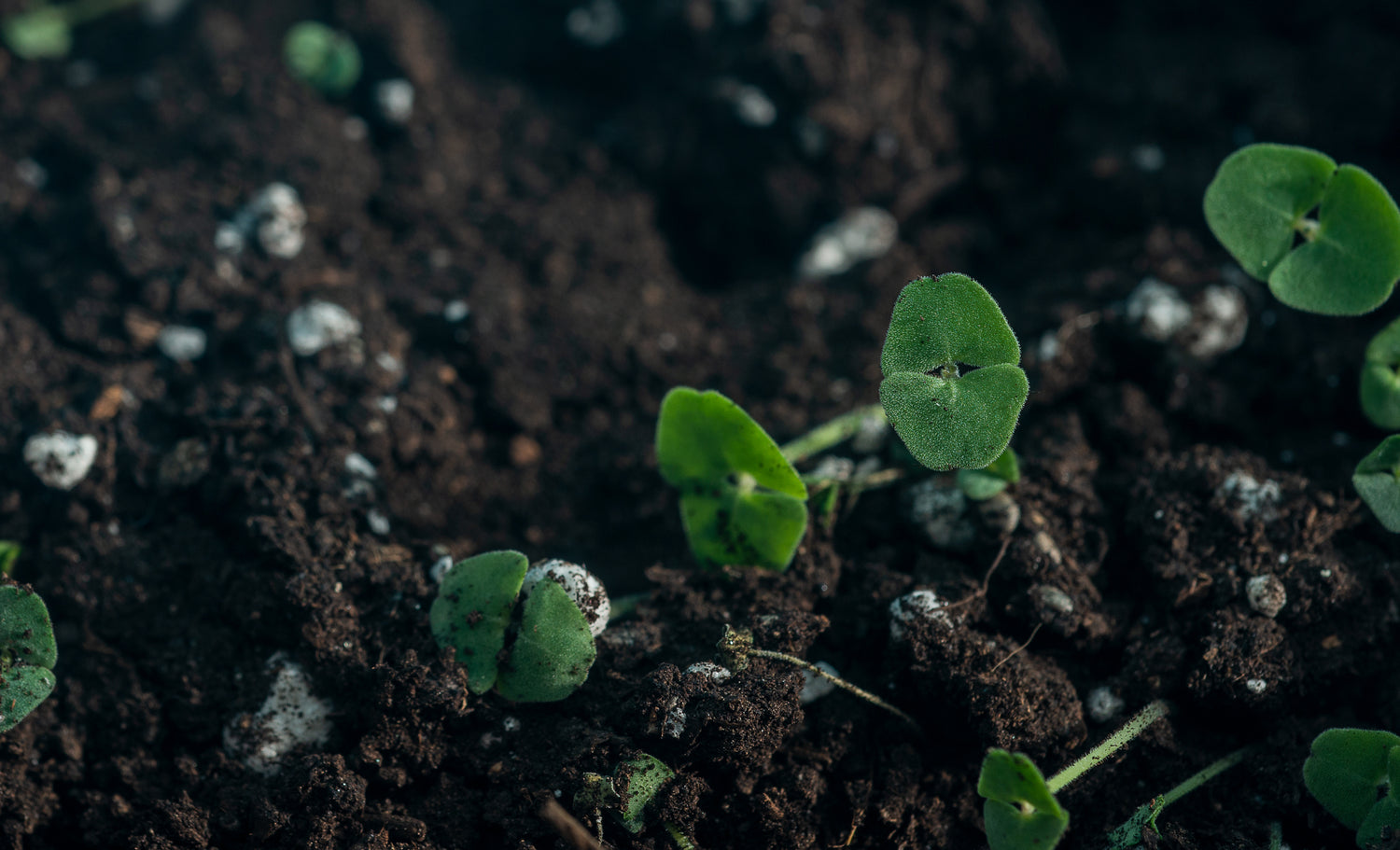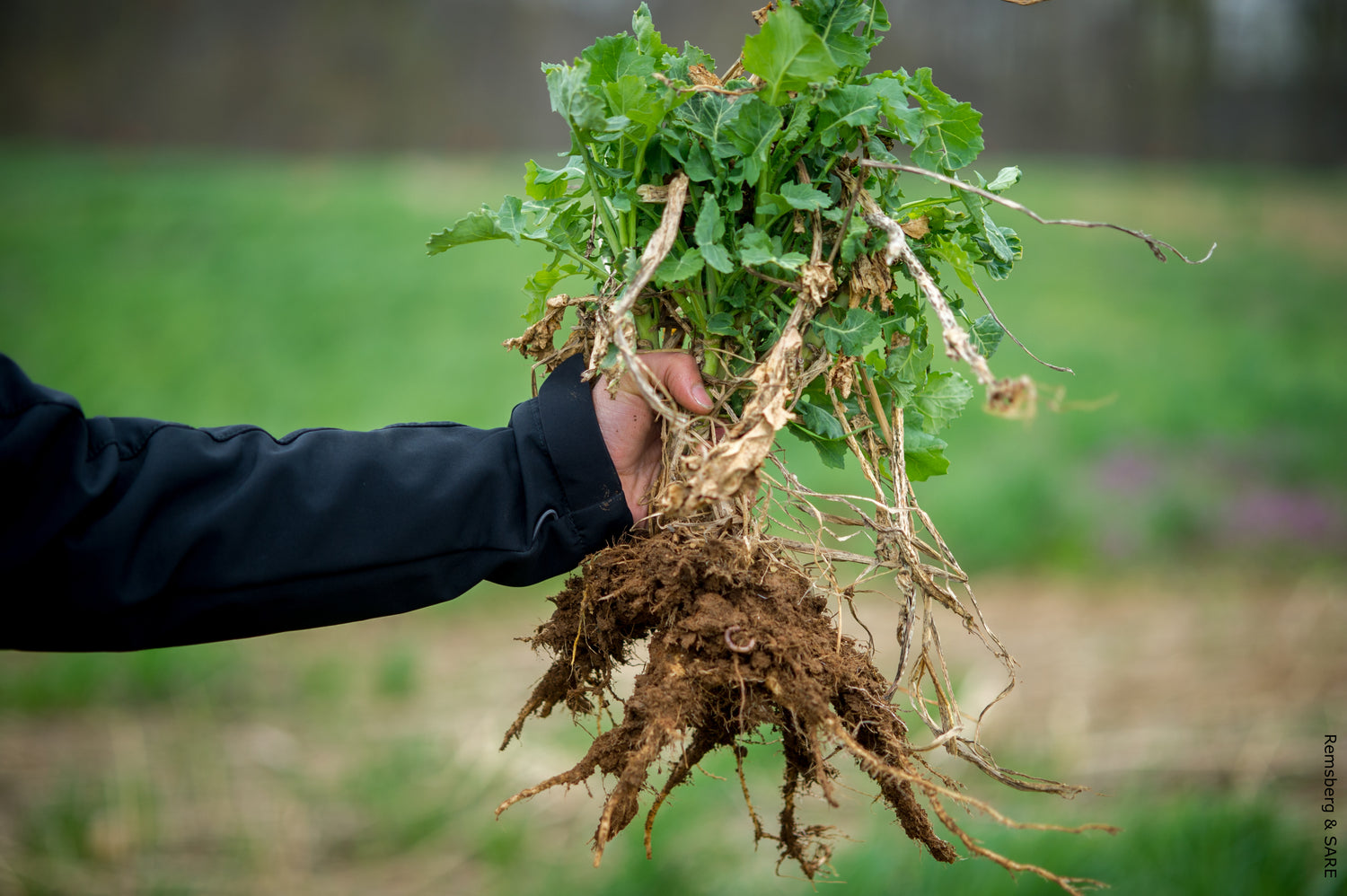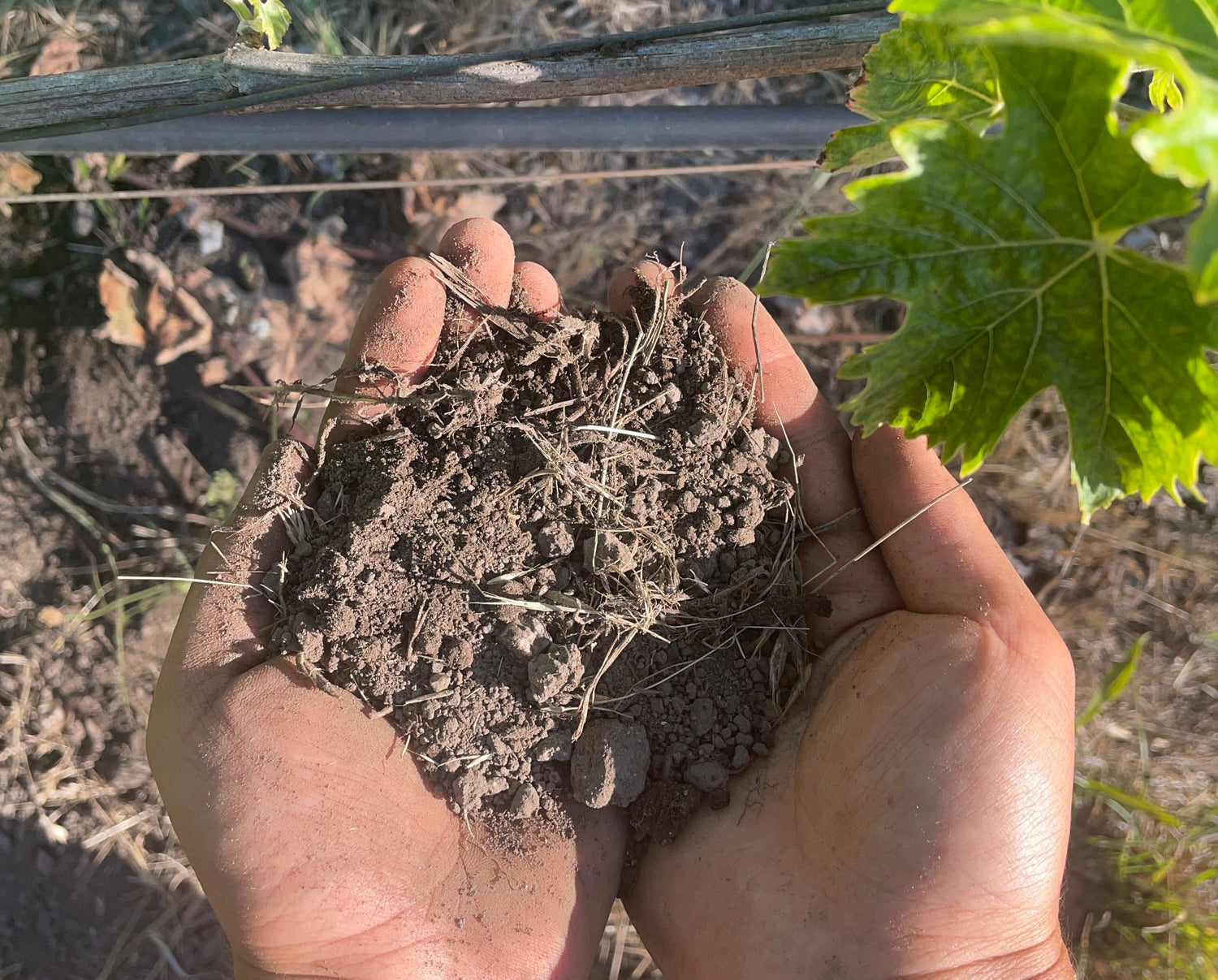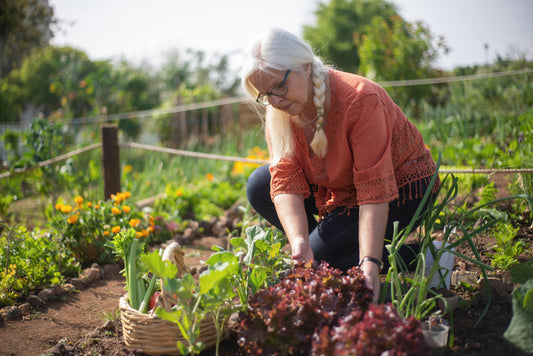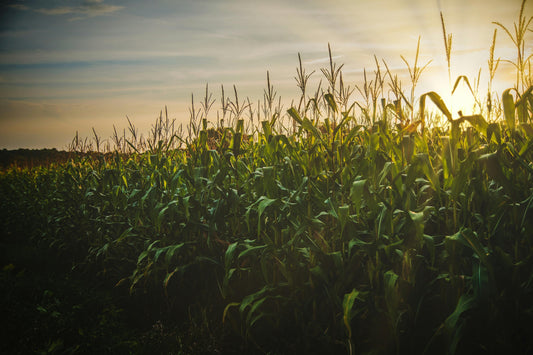Stockton's agricultural success stems from its diverse soil types shaped by the San Joaquin River and Central Valley geology. Understanding these fertile alluvial soils, well-draining sandy loams, and nutrient-rich clay soils is essential for optimizing crop production and sustainable farming practices in California's premier agricultural region.
Stockton Soil Types: Complete Guide to Central Valley Agriculture Soils
Stockton features three primary soil types: fertile alluvial soils along the San Joaquin River, well-draining sandy loam soils on elevated areas, and nutrient-retentive clay soils in lower-lying regions, each supporting different agricultural applications and requiring specific management approaches.
Understanding Stockton's Agricultural Landscape
Stockton's position in California's Central Valley creates a unique soil environment influenced by river systems, geological history, and Mediterranean climate patterns. The San Joaquin River has deposited fertile sediments for thousands of years, while surrounding hills contribute weathered materials that form the region's diverse soil matrix.
The area's agricultural importance stems from this soil diversity, supporting everything from permanent tree crops to annual vegetables and field crops. Understanding these soil characteristics enables farmers to optimize crop selection, irrigation strategies, and soil management practices for maximum productivity and sustainability.
Alluvial Soils: Foundation of Central Valley Agriculture
Alluvial soils represent Stockton's most agriculturally valuable soils, formed by thousands of years of sediment deposition from the San Joaquin River system. These deep, fertile soils create the foundation for the region's most productive agricultural operations.
The formation process involves seasonal flooding and sediment deposition that builds layers of silt, clay, and organic matter over time. This natural process creates soils with excellent structure, high fertility, and good water-holding capacity ideal for intensive agriculture.
Alluvial soils typically contain 2-4% organic matter, significantly higher than most agricultural soils. Their loamy texture provides balanced drainage and water retention, supporting deep root development and efficient nutrient uptake for crops like almonds, cherries, tomatoes, and asparagus.
These soils respond well to irrigation management and maintain fertility with proper nutrient management programs. Their natural structure reduces compaction risk and provides excellent growing conditions for both annual and perennial crops.
| Soil Characteristic | Alluvial Soils | Sandy Loam | Clay Soils |
|---|---|---|---|
| Texture | Loamy, well-balanced | Coarse, 50-70% sand | Fine, 40-60% clay |
| Drainage | Good, balanced | Excellent, fast | Poor, slow infiltration |
| Organic Matter | High (2-4%) | Moderate (1-2%) | Variable (1-3%) |
| Best Crops | Almonds, tomatoes, cherries | Grapes, olives | Rice, forage crops |
| Management Focus | Fertility maintenance | Water conservation | Drainage improvement |
Sandy Loam Soils: Drainage and Versatility
Sandy loam soils occur primarily on Stockton's elevated areas and provide excellent drainage characteristics valuable for specific crop types. These soils develop from weathered granitic and sandstone materials transported by wind and water over geological time.
The high sand content (50-70%) creates rapid drainage that prevents waterlogging but requires careful water management to maintain adequate soil moisture. While lower in natural fertility than alluvial soils, sandy loams offer excellent workability and reduced compaction risk.
Sandy loam soils excel for grape production, where controlled water stress improves fruit quality and wine characteristics. The well-draining nature allows precise irrigation management essential for premium wine grape production.
Olive cultivation also thrives in sandy loam conditions, as these drought-tolerant trees benefit from the improved drainage and reduced disease pressure associated with well-drained soils. Proper nutrient management compensates for lower natural fertility levels.
Clay Soils: Nutrient Retention and Water Management
Clay soils in Stockton areas present both opportunities and challenges for agricultural production. High clay content (40-60%) provides excellent nutrient retention capacity but creates drainage limitations that require specific management approaches.
These soils form from weathered fine-grained sedimentary materials and develop slowly over time. Their fine particle size creates large surface area for nutrient retention but limits water infiltration rates and can cause surface crusting.
Rice production represents the ideal use for clay soils' water-holding characteristics. The ability to maintain standing water makes these soils perfect for flooded rice cultivation, where drainage limitations become advantages.
Forage crop production also succeeds on clay soils, particularly for dairy operations where high water-holding capacity supports consistent grass growth. Proper timing of field operations prevents compaction damage during wet periods.
Soil Management Strategies by Type
Optimizing Alluvial Soil Productivity
Alluvial soil management focuses on maintaining natural fertility and structure through appropriate organic matter additions and balanced nutrition programs. Regular soil testing guides fertilizer applications to maintain optimal nutrient levels.
Cover cropping between crop rotations adds organic matter and improves soil biology. Leguminous cover crops provide nitrogen fixation benefits while protecting soil from erosion during fallow periods.
Managing Sandy Loam Challenges
Sandy loam management emphasizes water conservation and nutrient retention through organic matter additions and efficient irrigation systems. Drip irrigation or micro-sprinkler systems provide precise water application that matches soil drainage characteristics.
Organic amendments like compost improve water-holding capacity and nutrient retention. Cover crops help prevent erosion and add organic matter that binds sandy particles and improves soil structure.
Improving Clay Soil Performance
Clay soil management focuses on improving drainage and preventing compaction through structural amendments and careful timing of field operations. Gypsum applications help improve soil structure and water infiltration rates.
Organic matter additions from compost or crop residues improve soil aggregation and create better pore space for water movement. Avoiding field work during wet conditions prevents compaction that can last for years.
Soil Testing and Monitoring
Regular soil testing provides essential information for optimizing soil management across all soil types. Basic testing should include pH, nutrient levels, organic matter content, and soil texture analysis to guide management decisions.
University of California Cooperative Extension provides soil testing services and interpretation guidelines specific to Central Valley conditions. Testing every 2-3 years helps track soil health trends and adjust management practices.
Specialized testing for salinity, heavy metals, or specific nutrients may be necessary in areas with irrigation water quality concerns or previous land use history. Professional soil analysis guides targeted amendments and management strategies.
Conservation and Sustainability Practices
Soil conservation in Stockton focuses on preventing erosion, maintaining organic matter levels, and protecting soil structure for long-term productivity. Cover cropping provides year-round soil protection and organic matter inputs.
Conservation tillage practices reduce soil disturbance and maintain crop residues that protect against erosion. Reduced tillage also preserves soil biology and reduces fuel costs for farming operations.
Integrated pest management reduces reliance on soil-applied pesticides that can impact beneficial soil organisms. Maintaining healthy soil biology supports natural nutrient cycling and disease suppression.
Irrigation Management by Soil Type
Irrigation strategies must match soil characteristics to achieve maximum water use efficiency and crop performance. Alluvial soils support moderate irrigation frequencies with deeper water applications that utilize their good water-holding capacity.
Sandy loam soils require more frequent, lighter irrigation applications to maintain adequate soil moisture without losing water below the root zone. Soil moisture monitoring helps optimize irrigation timing and amounts.
Clay soils need careful irrigation management to prevent waterlogging while ensuring adequate water infiltration. Longer irrigation sets with time for water infiltration work better than frequent light applications.
Frequently Asked Questions
What is the most fertile soil type in Stockton?
Alluvial soils along the San Joaquin River are Stockton's most fertile, with high organic matter content and excellent water retention, making them ideal for almond, tomato, and cherry production.
Why does my field flood after heavy rain?
Flooding often occurs in clay soils due to poor drainage and low water infiltration rates. Soil amendments like gypsum and organic matter can improve drainage.
What crops grow best in sandy loam soil?
Sandy loam soils excel for grapes and olives due to excellent drainage and reduced waterlogging risk. The well-draining nature helps control water stress in these crops.
How often should I test my soil?
Test soil every 2-3 years for established crops, or annually for intensive vegetable production. More frequent testing helps track nutrient trends and adjust fertilizer programs.
Why are my grapevines showing yellow leaves?
Yellowing leaves often indicate nitrogen deficiency or high pH preventing nutrient uptake. Soil testing can identify the specific cause and guide appropriate amendments.
How can I improve clay soil drainage?
Improve clay soil drainage through gypsum applications, organic matter additions, and installation of drainage tiles in severely waterlogged areas. Avoid working wet clay soils.
What causes soil erosion in sandy soils?
Wind and water erosion affect sandy soils due to loose particle structure. Cover crops, mulching, and windbreaks provide effective erosion control.
Conclusion
Stockton's diverse soil types provide the foundation for Central Valley's agricultural productivity and economic success. Alluvial soils support intensive crop production with their natural fertility and good water-holding capacity. Sandy loam soils excel for specialty crops requiring excellent drainage, while clay soils serve specific applications like rice production and forage crops. Understanding each soil type's characteristics and management requirements enables farmers to optimize productivity, sustainability, and long-term soil health. Through appropriate soil testing, targeted amendments, and conservation practices, Stockton's agricultural soils can continue supporting productive farming for future generations while maintaining environmental stewardship and resource conservation.
Sources
- USDA Natural Resources Conservation Service. Web Soil Survey. https://websoilsurvey.sc.egov.usda.gov/
- University of California Cooperative Extension. Soil Management for Central Valley Agriculture. https://ucanr.edu/sites/CECentralValley/
- California Department of Food and Agriculture. Agricultural Statistics. https://www.cdfa.ca.gov/statistics/
- UC Davis Department of Land, Air and Water Resources. Soil Science Research. https://lawr.ucdavis.edu/
- USDA Natural Resources Conservation Service. Soil Health Assessment. https://www.nrcs.usda.gov/resources/guides-and-instructions/soil-health
- California Central Valley Regional Water Quality Control Board. Agricultural Water Quality. https://www.waterboards.ca.gov/centralvalley/
- San Joaquin County Agricultural Commissioner. Crop Reports. https://www.sjgov.org/department/agcomm/
- California Sustainable Winegrowing Alliance. Soil Management Guidelines. https://www.sustainablewinegrowing.org/







